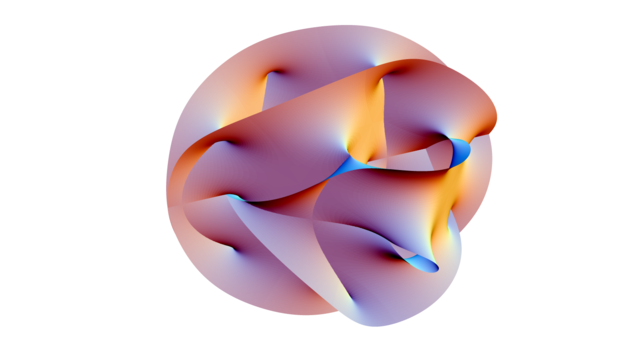There May Finally Be a Way to Test for String Theory
2014.01.08

String theory claims to unify all the forces in the Universe by representing tiny point like particles as one dimensional vibrating strings. It is a very clever one but admittedly hard one to test. Until now.
The theory uses such extreme energy levels and minuscule physical dimensions that each string should be a quintillion times smaller than the extremely tiny hydrogen atom already. There's no apparatus in existence that could test to see if the theory is correct.
Researchers from Towson University are now claiming that with some incredibly precise measurements of the positions of solar system bodies, this could provide a test capable of proving whether string theory is right or wrong.
The team presented their work at the conference of American Astronomical Society in Washington. According to Dr. James Overduin, one of the researchers:
"Scientists have joked about how string theory is promising...and always will be promising, for the lack of being able to test it. What we have identified is a straightforward method to detect cracks in general relativity that could be explained by string theory, with almost no strings attached."
Overduin's research suggests that there may be tiny quirks in the way bodies actually orbit each other: departures from Kepler's Third Law of planetary motion; drift from gravitational equilibrium zones known as Lagrange points; and oscillations in orbit distances due to acceleration toward a third body. Will the researchers be able to prove whether string theory is right or wrong? We'll see. [PhysOrg Image by Lunch under Creative Commons license]
More Articles
Copyright © Fooyoh.com All rights reserved.